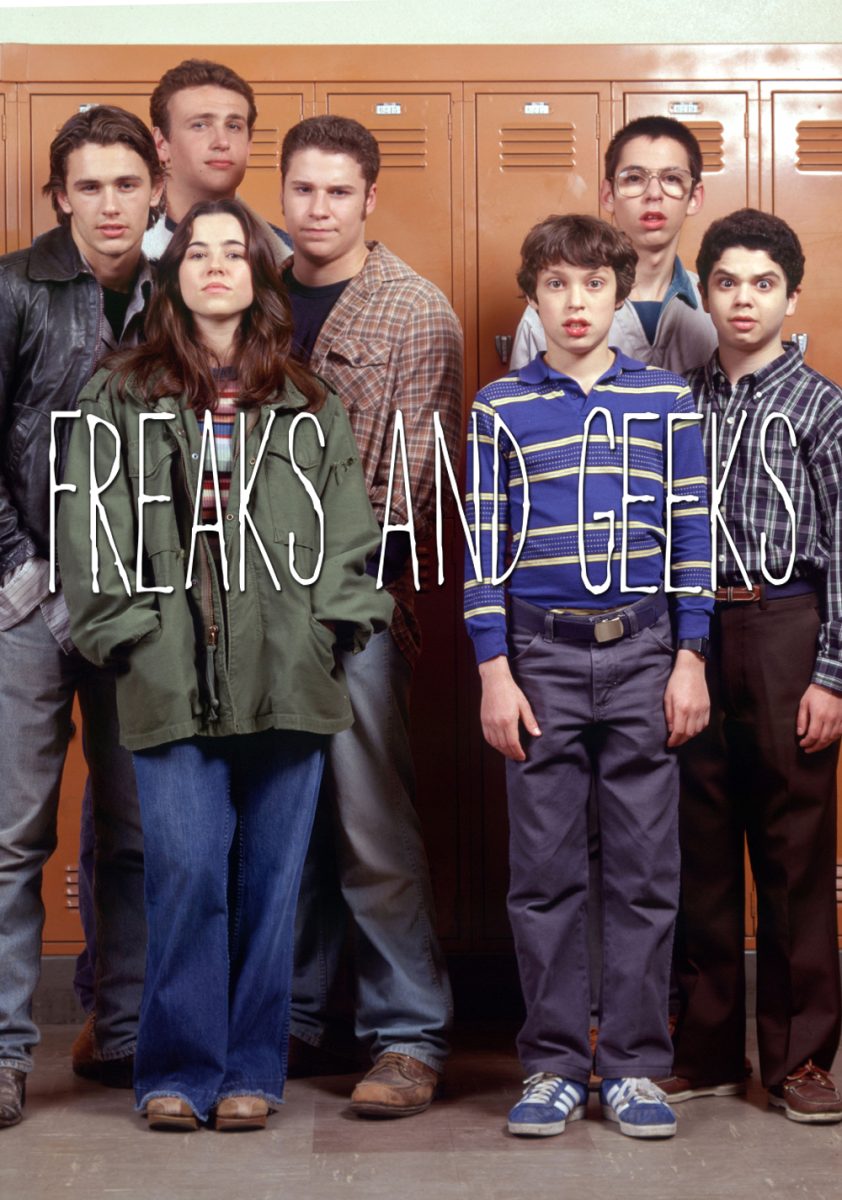
Spring and Summer are just around the corner, and it is finally time to switch out those winter sweaters for some shorts and shirts. You might’ve grown from the last season, outworn old warmer-weather clothes, or just want to try out new trends. As the weather gets warmer, it is important to shop sustainably and to not contribute to overconsumption within fast fashion.
Fast Fashion is a type of marketing method that sells a mass amount of clothing at affordable prices. The word “fast” represents how promptly brands can create new clothing that aligns with the constantly changing global demand. Fast companies also rely on these fast cycles to create rapid production and efficient transportation, all while having a wide variety of clothing options. To engage consumers, fast fashion retailers follow seasonal fashion trends to fulfill the desires of young consumers (Joy, 2012).
The most common types of Fast Fashion companies that people generally think of first, including brands like Shein, Zaful, and Romwe. Notorious brands like these are known for selling products at an average of $5 to $30 per item (usually around $10-$12 based on the website). There have been loads of controversies with brands like these who sell offensive items, follow unethical labor practices, replicate other retailers’ products, and are the main contributors to mass overconsumption. People look at their cheap prices and immediately resort to buying massive hauls of clothing that is considered disposable.
While brands like Shein are some of the hottest fast fashion companies, many people overlook the sustainability of bigger companies because of their popularity. Zara, H&M, Urban Outfitters, Forever 21, Victoria’s Secret, Fashion Nova, and Gap, are just some of the name-brand companies that are also Fast Fashion. Nike, the popular shoe and sportswear brand, sells about 25 shoes per second, creating immense amounts of waste each day. These companies pursue a similar goal: to replicate and produce the fastest amount of clothing to maximize current trends.
Cheap, trendy clothes might seem desirable at the moment, but are extremely detrimental to the environment. The Fashion industry alone produces about 20% of global wastewater (UNFCCC, 2018). The UN points out that it takes a person 10 years to consume about 10,000 liters of water, the amount of water used to grow cotton to make a single pair of jeans. Textile Factories are some of the largest energy consumers, estimating that about 80% of the energy used in the fashion industry comes from textile manufacturing. The purchase of mass amounts of cheap clothing contributes to the use of 1.2 billion tons of greenhouse gas emissions per year. Fast fashion clothing is so unsustainable and poorly made that about 85% of textiles clothes end up in landfills anyway (UNFCCC, 2018).
Many companies like Zara, H&M, and Uniqlo manufacture in China, and have been criticized due to their less stringent environmental and labor standards. As reported by the Yale School of Environment, China resorts to using coal for energy, contributing to 28% of global emissions. Besides contributing to overproduction and waste, the factories perpetuate poverty in China by applying low wages to workers. Cost-efficient clothing produced in China yields low pay. These companies also rely on child labor to keep up with the fast production of clothes. In China, the legal working age is 16. According to the Institute of Labor Economics, about 7.74% of children ages 10-15 were working illegally in China and were more likely to drop out of school for work (IZA, 2016). Sadly, child labor isn’t the only problem in the Fast Fashion clothing industry. Human trafficking, or Forced Labor Trafficking, has been a prevalent issue relating to the mass amounts of child labor in China (IZA, 2016). Clothing is amongst one of the top five items produced by trafficked laborers.
There are plenty of sustainable solutions to avoid shopping unethically. One of the largest and trendiest ways to shop sustainably is thrifting. Thrift stores like Goodwill and the Salvation Army sell secondhand clothing and items to the public and typically donate their funds to charity. Buying second-hand clothes can reduce the amount of water used, uses fewer chemicals and energy, is significantly cheaper and goes towards a good cause. Vintage 90s fashion currently on trend are commonly found in secondhand stores as well. Along with thrift stores, there are also secondhand clothing websites and apps for people without access to thrift stores. Depop, Poshmark, ThredUp, and Goodfair, are affordable and sustainable online options.
Clothing brands that are a little more pricey, but sustainable, are Waste to Waist, Cool is a Construct, Aprés Sunday, Veja, Nu-in fashion, Broken Planet Market, TALA, and more. The app called “Good on You” can check to find the sustainability of brands that you like to shop at. The app works by typing in a clothing brand, ranking it from “We avoid” to “Great”, on how sustainable a clothing brand is. It also separates fashion categories, like denim, tops, and bottoms, and lists many options to shop.
It is important to ask yourself before shopping: Do I really need this? JCHS clothing teacher, Anita Dubas, states, “If you’re going to buy those inexpensive fast fashions, try to visualize yourself wearing the garment twoyears from now. Will you actually wear it? If not, then don’t buy it.” About 20% of the average person’s closet is worn regularly, according to Wall Street Journal. If it’s something you know you will not wear often, it usually isn’t worth buying it.
Sometimes, you don’t want to spend $59.99 on a white tee-shirt. It’s okay to shop in fast fashion! Most people cannot afford to shop at sustainable stores that tend to be more expensive. A trip to the mall to find a trendy new shirt is more accessible than ordering off of stores online. Good quality second-hand clothing at thrift stores can also be challenging to find at times. Fast fashion is not all bad, and brands are working to improve their sustainability. According to the UN, H&M for one has its plan to be 100% run on renewable energy by 2040 through the use of a circular production model (UNFCCC, 2018).
Conversations about stopping fast fashion should be changed to stopping the true problem: overconsumption. About 80 billion clothes pieces of new clothing are purchased each year, which totals about $1.2 trillion (UNFCCC, 2018). People who cannot afford to shop at sustainable brands shouldn’t be blamed, however, the people who over-consume are the problem. $400 hauls from Shein, or other fast fashion companies, are contributing to overconsumption. The same amount of money can be used to buy more ethical, longer-lasting items anyway.
As a consumer and “typical” suburban teenager, spending hours at the mall and following up on new trends is one of my favorite things to do. However, we all need to hold ourselves accountable before this Spring and Summer season and need to become more aware of how we choose to shop.
Works Cited:
Unfccc.int, unfccc.int/news/un-helps-fashion-industry-shift-to-low-carbon.
Bick, Rachel, et al. “The Global Environmental Injustice of Fast Fashion.” Environmental Health, BioMed Central, 27 Dec. 2018, ehjournal.biomedcentral.com/articles/10.1186/s12940-018-0433-7.
“Child Labor in China.” IZA, www.iza.org/publications/dp/9976/child-labor-in-china.
“Fast Fashion: Its Detrimental Effect on the Environment.” Earth.Org – Past | Present | Future, 13 Apr. 2021, earth.org/fast-fashions-detrimental-effect-on-the-environment/.
Joy, Annamma, et al. “Fast Fashion, Sustainability, and the Ethical Appeal of Luxury Brands.” Fashion Theory, vol. 16, no. 3, 2012, pp. 273–295., doi:10.2752/175174112×13340749707123.
Lillie, Michelle. “Human Trafficking in China.” Human Trafficking Search, Michelle Lillie, 29 Mar. 2020, humantraffickingsearch.org/human-trafficking-in-china/.
Michael Standaert. March 24, et al. “Despite Pledges to Cut Emissions, China Goes on a Coal Spree.” Yale E360, e360.yale.edu/features/despite-pledges-to-cut-emissions-china-goes-on-a-coal-spree#:~:text=Coal remains at the heart, of all global CO2 emissions.
“National Thrift Store Directory.” TheThriftShopper.Com, www.thethriftshopper.com/.Smith, Ray A. “A Closet Filled With Regrets.” The Wall Street Journal, Dow Jones & Company, 17 Apr. 2013, www.wsj.com/articles/SB10001424127887324240804578415002232186418.



























